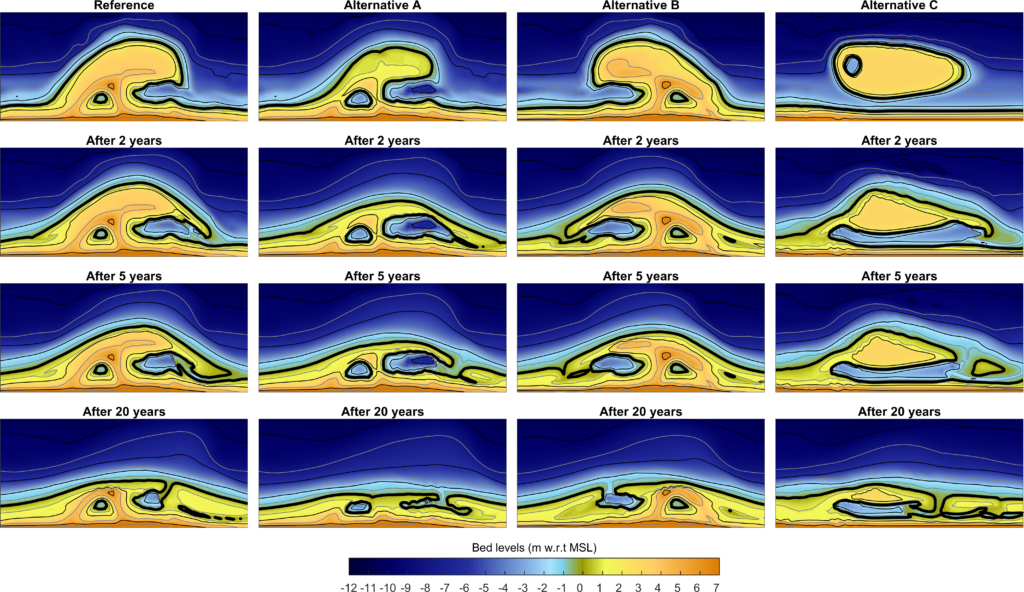Integration
Integrating research through the ecosystem services lens
by Alexander van Oudenhoven
The versatility of the Sand Motor has been one of its main distinctive features. Most stakeholders actually went on board with the project because of the multiple benefits that the Sand Motor offered. As a result, in addition to “just” strengthening the dunes for coastal safety, supplying the adjacent coastline with sand addressed different aims and created different expectations. These included an attractive area for nature and leisure, as well as the creation of knowledge and innovation. In other words, the Sand Motor was developed as an innovative, nature-inclusive approach to coastal protection that could also promote both recreation and biodiversity.
If we look at the Sand Motor from the point of view of ecosystem services, we can assess the “success” of the Sand Motor in terms relevant to society. Thinking in terms of ecosystem services leads to the notion that changes in an ecosystem lead to changes in the benefits that people obtain from nature, be they positive or negative. For instance, reduced beach width can increase the risk of coastal flooding and decrease recreational opportunities.
Applying the ecosystem services framework can help to identify aims that could be included in future sandy solutions. A great example is kite surfing, which is currently hailed as one of the greatest success of the Sand Motor, even though it was not referred to by a single policy actor at the start of the project as a specific form of recreation. In addition, our research suggests that attention should be paid to the effects of sandy solutions on fresh water storage and a wider range of biodiversity than is usually occurring.

Shaping future sandy solutions
by Arjen Luijendijk
The behavior of the Sand Motor has been monitored extensively in an interdisciplinary way, feeding into NatureCoast’s integrated numerical models. Applying these models enables forecasting the future changes of such sandy solutions. This section demonstrates the impact of three design parameters on the predicted evolution over a period of 20 years.
Understanding the factors that drive ecosystem services allows us to better shape new sandy solutions. The shape, size, and elevation can be changed and features like a dune lake, lagoon, or small inlets can be added. After this, numerical models can be applied to forecast the morphological behavior of the sandy solution, both under and above water. In this way, design tools can be developed, tested and made available for application. However, when considering such a multifunctional coastal intervention, the starting point for the design will always be a main goal, or more often a combination of goals.
To demonstrate the impact of a few of these design parameters, we predicted the 20-year evolution of different alternative designs (figure below) by applying a Delft3D model. After 20 years, the predicted shapes of all four designs are generally not that different. The natural forces tend to smoothen the coast back to its original orientation and spread the sand along this stretch of coastline. This tells us that if we think in terms of decades, the initial design becomes less important, although differences still occur at a more detailed level; for example, the lagoon area after 20 years differs among the designs.

Based on the decadal predictions, the lifetime of the Sand Motor will easily exceed twenty years and could be as much as 40 – 50 years. This means that it is worth putting time and effort into the design of such a prolonged sandy solution.
More information on these topics can be found in this book.
